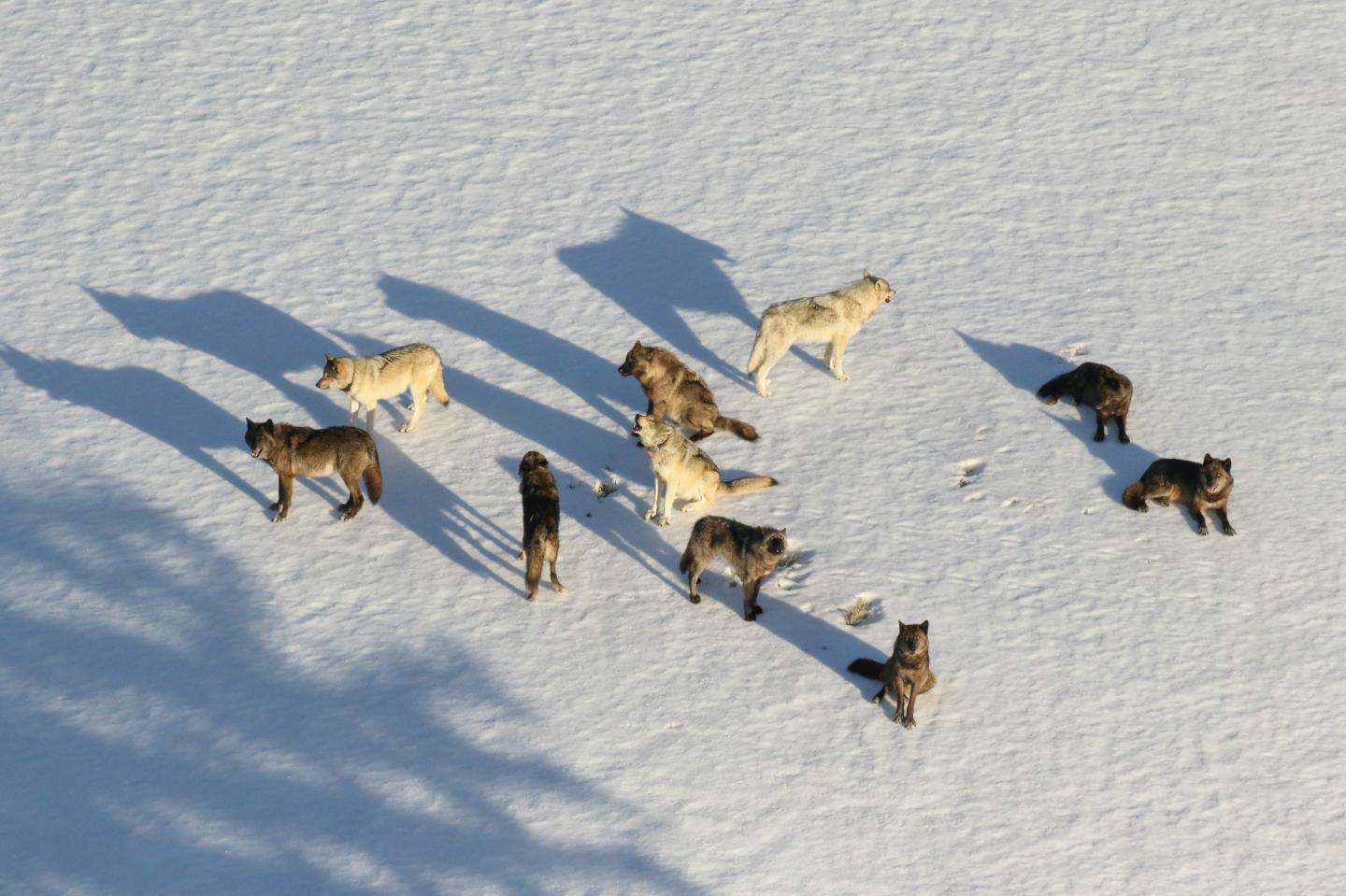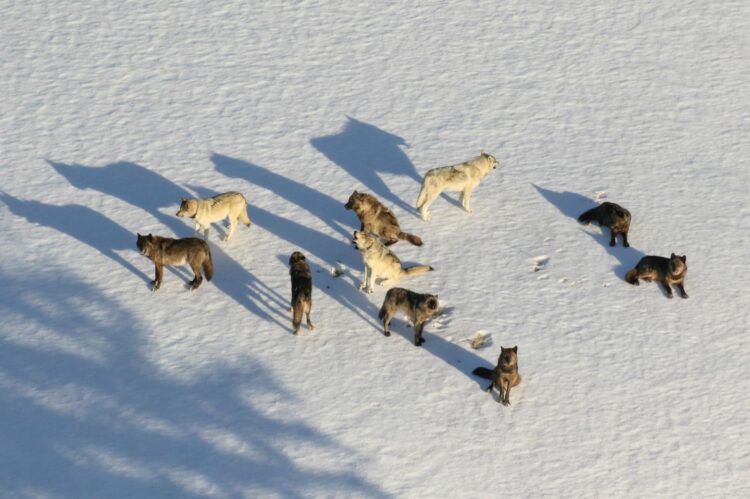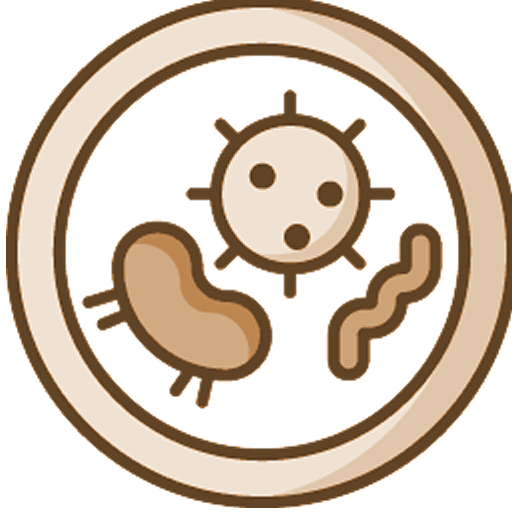
Credit: National Park Service
UNIVERSITY PARK, Pa. — By modeling wolves in Yellowstone National Park, researchers have discovered that how a population is organized into social groups affects the spread of infectious diseases within the population. The findings may be applicable to any social species and could be useful in the protection of endangered species that suffer from disease invasion.
Like other social carnivores, wolves tend to form territorial social groups that are often aggressive toward each other and may lead to fatalities. During these encounters, infectious diseases — like mange and canine distemper — can spread between groups, which can further reduce the number of individuals in a group.
“Previous social group-disease models have assumed that groups do not change throughout the course of an infection, when in reality, this is unlikely to be true,” said Ellen Brandell, a recently graduated doctoral student in biology, Penn State. “Individuals within groups may die, become infected and recover at different rates, and the group may split into multiple groups or multiple groups could combine into one. Our models account for these processes and provide a foundation for exploring relationships for many social species that have varying levels of social complexity.”
The researchers used demographic data from two decades of Yellowstone wolf research to create models for examining the effects of sarcoptic mange and canine distemper virus on wolves that accounts for both within-group and between-group processes. The models assume that disease processes, such as transmission rates, vary among groups and within groups.
The models also allow for the incorporation of Allee effects, a phenomenon in which a group has a greater survival rate when there are more individuals in the group.
“Allee effects are especially important in social species that require assistance from others beyond reproduction to survive; for example, in animals that defend themselves from predators and hunt for prey as a group,” said Peter Hudson, Willaman Professor of Biology, Penn State. “When pathogens kill individuals, this can cause the growth rate of small groups to slow, or even collapse, which, in turn can cause the greater population to decline in size.”
The team’s model results, which appeared March 1 in the journal Proceedings of the National Academy of Sciences, revealed that pathogens reduce population size mainly through a reduction in the number of groups since those individuals are transmitting the disease to each other to a greater extent than they are to other groups within the overall population. At the same time, Allee effects are exacerbated within infected groups, which further reduces the probability of pathogen spread outside of groups as infected groups die out quickly. As a result, uninfected groups in the population grow slightly larger.
“This occurs because the rate of aggression between groups is reduced when the presence of the pathogen decreases the number of groups, which then allows healthy surviving groups to increase in size as they suffer lower rates of aggression,” said Hudson.
However, the team found that the total population size is reduced as a result of the introduction of pathogens.
“In other words,” added Brandell, “when a pathogen is in a population, we might see fewer, larger groups, but the overall population size is still reduced.”
Importantly, the models demonstrated that low pathogen prevalence at the population level can mask high levels of prevalence within infected groups.
“This finding emphasizes the need for representative sampling in socially structured populations as pathogen outbreaks in unsampled groups can be missed,” said Brandell. “Wildlife researchers and managers should sample from many groups in a population in order to accurately depict disease prevalence. For social carnivores, this means sampling across a larger area and monitoring many groups in a population.”
Hudson emphasized the importance of recognizing that population-level prevalence tends to be lower than the number of groups infected and the level of infection experienced by individuals in infected groups.
“This issue should be a central consideration when wildlife disease biologists are analyzing and interpreting prevalence and seroprevalence data,” he said. “It may be especially helpful in the protection of endangered species, such as African wild dogs.”
###
Other authors on the paper include Andrew Dobson, professor of ecology and evolutionary biology, Princeton University; Paul Cross, disease ecologist, U.S. Geological Survey; and Douglas Smith, senior wildlife biology, Yellowstone National Park.
The U.S. Geological Survey and the National Science Foundation supported this research.
Media Contact
Sara LaJeunesse
[email protected]
Related Journal Article
http://dx.






